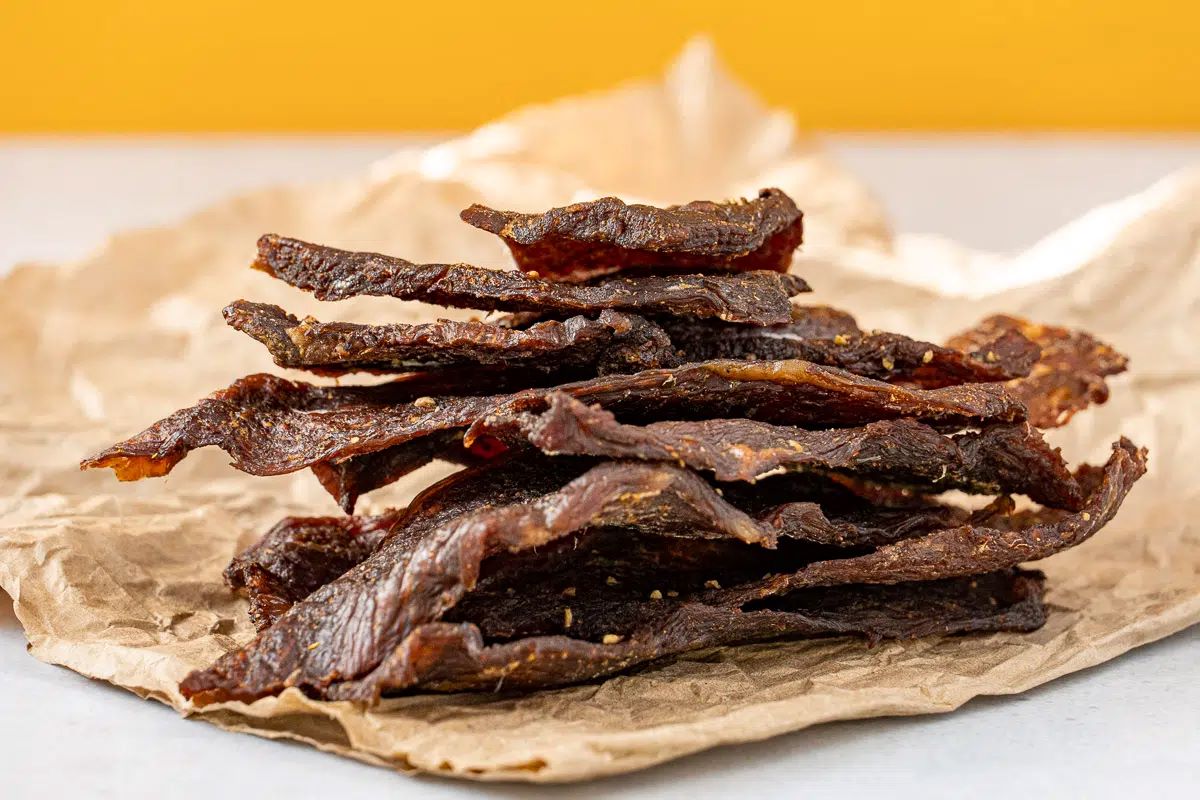

Articles
How To Store Beef Jerky Long Term
Modified: January 6, 2024
Discover the best tips and techniques for preserving your beef jerky long term. Read our informative articles to learn how to store it properly and enjoy its delicious taste for extended periods.
(Many of the links in this article redirect to a specific reviewed product. Your purchase of these products through affiliate links helps to generate commission for Storables.com, at no extra cost. Learn more)
Introduction
Welcome to our comprehensive guide on how to store beef jerky long term. Beef jerky is a popular snack known for its shelf-stable nature and delicious taste. Whether you enjoy making your own beef jerky or purchasing it from a store, it’s important to know how to properly store it to maintain its flavor and texture.
Proper storage not only extends the shelf life of beef jerky but also ensures that it remains safe to eat. In this article, we will discuss various storage methods, including storing it in the pantry or cupboard, vacuum sealing and freezing, using mylar bags and oxygen absorbers, and storing it in the fridge or refrigerator. By following these guidelines, you can enjoy your favorite beef jerky for a longer period.
So, let’s dive into the details of each storage method and how to implement them effectively to keep your beef jerky fresh and flavorful.
Key Takeaways:
- Proper storage of beef jerky is crucial for maintaining its flavor and safety. Choose the right method based on your needs, label and rotate your jerky, and enjoy it fresh for an extended period.
- Whether vacuum sealing and freezing or using mylar bags and oxygen absorbers, beef jerky can be stored long term with the right methods. Proper labeling and rotation ensure freshness and safe consumption.
Read more: How To Store Beef Jerky
Choosing the Right Storage Method
When it comes to storing beef jerky long term, it’s essential to choose the right storage method based on your needs and preferences. The ideal storage method will depend on factors such as the intended shelf life, convenience, and available resources.
Here are some popular storage methods to consider for your beef jerky:
- Pantry or Cupboard: If you plan to consume the beef jerky within a few weeks or up to a couple of months, storing it in your pantry or cupboard can be a convenient option. Make sure to choose a cool, dark, and dry location away from direct sunlight, heat sources, and moisture. Keep the beef jerky in its original packaging or transfer it to an airtight container to prevent exposure to air and insects.
- Vacuum Sealing and Freezing: For longer-term storage, vacuum sealing the beef jerky and freezing it can help maintain its quality for several months. Vacuum sealing removes excess air, which slows down the oxidation process and prevents freezer burn. Divide the beef jerky into portion sizes, seal them in vacuum-sealed bags, and place them in the freezer. Remember to thaw the jerky in the refrigerator before consuming.
- Mylar Bags and Oxygen Absorbers: Another effective method for long-term storage is using mylar bags and oxygen absorbers. Mylar bags are thick, moisture-resistant, and provide an extra layer of protection. Oxygen absorbers remove oxygen from the packaging, creating an environment that inhibits the growth of bacteria and preserves the freshness of the beef jerky. Place the beef jerky in a mylar bag, add an oxygen absorber, and seal it tightly before storing in a cool and dark place.
- Fridge or Refrigerator: If you prefer to keep your beef jerky readily accessible without the need for thawing, storing it in the fridge or refrigerator can be a suitable option. This method is ideal for short-term storage, usually within a few weeks. Wrap the beef jerky tightly in plastic wrap or place it in an airtight container before refrigerating. Keep in mind that the texture and flavor may slightly change over time.
Consider your storage needs and the desired shelf life when choosing the right method for storing your beef jerky. Each method has its advantages and considerations, so choose the one that aligns best with your preferences.
Storing Beef Jerky in the Pantry or Cupboard
If you’re planning to consume your beef jerky within a few weeks or up to a couple of months, storing it in the pantry or cupboard is a convenient option. Follow these steps to ensure your beef jerky stays fresh:
- Choose the right location: Find a cool, dark, and dry area in your pantry or cupboard to store the beef jerky. Avoid areas that are exposed to direct sunlight, heat sources, or moisture, as these can affect the quality and flavor of the jerky.
- Keep it in the original packaging or use an airtight container: Most commercially packaged beef jerky comes in a sealed bag or pouch. If the package is unopened, you can store it as is. However, if you’ve opened the package, it’s recommended to transfer the beef jerky to an airtight container to maintain its freshness. A resealable bag or airtight jar works well for this purpose.
- Protect from air and insects: Exposure to air can cause the beef jerky to become stale and lose its flavor. Be sure to seal the packaging tightly or use an airtight container to prevent air from entering. Additionally, seal any openings or crevices that could allow insects to access your jerky.
- Check for signs of spoilage: Regularly inspect the beef jerky for any signs of spoilage, such as mold, unusual odor, or discoloration. If you notice any of these signs, it’s best to discard the jerky immediately, as it may indicate bacterial growth or deterioration.
By storing your beef jerky in a cool, dark, and dry pantry or cupboard, and taking proper precautions to protect it from air and insects, you can enjoy its delicious taste and texture for several weeks or even a few months. Remember to consume the jerky within its recommended shelf life for the best quality.
Vacuum Sealing and Freezing Beef Jerky
If you’re looking to store beef jerky for an extended period, vacuum sealing and freezing is an excellent method to maintain its quality. Follow these steps to properly vacuum seal and freeze your beef jerky:
- Prepare the beef jerky: Slice the beef jerky into portion sizes that you’ll consume in one sitting. This will help prevent unnecessary thawing and refreezing, which can impact the jerky’s texture.
- Remove excess air: Place the sliced beef jerky into a vacuum-sealable bag or airtight freezer bag. Use a vacuum sealer to remove as much air as possible from the bag. Alternatively, you can manually remove excess air by gently pressing the bag while sealing it tightly.
- Seal the bag: Make sure the bag is properly sealed, leaving no openings or gaps that could allow air or moisture to enter. If you’re using a vacuum-sealable bag, follow the manufacturer’s instructions for sealing. For freezer bags, press out as much air as possible and seal it tightly.
- Label and date the bag: It’s essential to label the bag with the contents and the date of freezing. This will help you keep track of the jerky’s age and ensure you consume it within its recommended shelf life.
- Place in the freezer: Lay the vacuum-sealed or airtight bag flat in the freezer to maximize space utilization. If you’re freezing multiple bags, you can stack them on top of each other, taking care not to crush the jerky.
- Thawing before consumption: To enjoy your frozen beef jerky, thaw it in the refrigerator. This gradual thawing process helps maintain the jerky’s texture and prevents the growth of harmful bacteria. Avoid thawing the jerky at room temperature to minimize the risk of spoilage.
Properly vacuum-sealed and frozen beef jerky can retain its quality for several months. It’s important to note that freezing may slightly alter the texture of the jerky. However, if stored correctly, the beef jerky will remain safe to eat and maintain its delicious flavor.
By following these steps, you can enjoy your homemade or store-bought beef jerky at any time, knowing that it’s preserved properly and ready to be enjoyed whenever hunger strikes. Remember to consume the jerky within its recommended shelf life for the best taste and texture.
Store beef jerky long term by vacuum sealing it to remove air and prevent oxidation. Keep it in a cool, dark place to maintain quality and flavor.
Using Mylar Bags and Oxygen Absorbers for Long-Term Storage
If you’re looking for a reliable method to store beef jerky for an extended period, using mylar bags and oxygen absorbers is highly effective. This method creates an oxygen-free environment, preventing the growth of bacteria and preserving the freshness of the jerky. Here’s how you can use mylar bags and oxygen absorbers for long-term storage:
- Prepare the mylar bags: Select high-quality mylar bags that are thick, moisture-resistant, and able to withstand long-term storage. Ensure the bags are clean and free from any punctures or tears that could compromise their effectiveness.
- Add the beef jerky: Place the beef jerky inside the mylar bag, leaving some space at the top for sealing. It’s recommended to divide the jerky into portion sizes suitable for your consumption needs. This way, you can open one bag at a time without exposing the rest of the jerky to air.
- Insert the oxygen absorber: Oxygen absorbers remove oxygen from the packaging, creating a low-oxygen, moisture-free environment. Place one or more oxygen absorbers inside the mylar bag with the beef jerky. Refer to the instructions provided with the absorbers to determine the appropriate amount for the bag size.
- Seal the mylar bag: Use a heat-sealer or iron to seal the top of the mylar bag. Apply consistent pressure and heat to create an airtight seal. Make sure there are no gaps or openings that can allow air or moisture to enter.
- Label and date the bag: It’s crucial to label each mylar bag with the contents and the date of sealing. This will help you keep track of the beef jerky’s age and ensure proper rotation, consuming the oldest jerky first.
- Store in a cool, dark place: Place the sealed mylar bags in a cool, dark location away from sunlight, heat sources, and moisture. The ideal storage temperature is below 70°F (21°C). This will help maintain the quality of the beef jerky over an extended period.
By using mylar bags and oxygen absorbers, you can store beef jerky for multiple years, keeping it fresh and ready to enjoy. This method is especially useful for long-term emergency preparedness or when stocking up on beef jerky during sales or for outdoor activities.
Remember to inspect the mylar bags periodically for any signs of damage or leakage. If you notice any issues, transfer the jerky to a new mylar bag with a fresh oxygen absorber to ensure optimal storage conditions.
By following these steps, you can confidently store your beef jerky using mylar bags and oxygen absorbers, knowing that you have taken the necessary precautions to preserve its flavor and quality for an extended period.
Read more: How To Store Homemade Beef Jerky
Storing Beef Jerky in the Fridge or Refrigerator
If you prefer to keep your beef jerky readily accessible without the need for thawing, storing it in the fridge or refrigerator is a suitable option. While it’s not the most common method for long-term storage, it can keep your jerky fresh for a few weeks. Here’s how to properly store beef jerky in the fridge:
- Wrap or seal the jerky: Whether your beef jerky comes in a resealable package or not, it’s essential to protect it from air and moisture in the fridge. Wrap the jerky tightly in plastic wrap or transfer it to an airtight container to maintain its freshness.
- Select a cool spot: Choose a spot in your fridge that maintains a consistent temperature. Avoid areas near the door or at the back of the fridge where temperatures can fluctuate due to frequent opening or cooling mechanisms.
- Keep away from strong odors: Beef jerky has a strong flavor and aroma, so it’s crucial to keep it away from strong-smelling foods. This will prevent the jerky from absorbing unwanted odors and flavors.
- Check for signs of spoilage: Regularly inspect the beef jerky for any signs of spoilage, such as mold, unusual odor, or discoloration. If you notice any of these signs, it’s best to discard the jerky immediately as it may indicate bacterial growth or deterioration.
- Consume within a few weeks: Unlike other long-term storage methods, beef jerky stored in the fridge has a shorter shelf life. It’s recommended to consume it within a few weeks for the best taste and quality.
Storing beef jerky in the fridge allows for easy access and eliminates the need for thawing. However, keep in mind that the texture and flavor of the jerky may slightly change over time. It is still important to properly wrap or seal the jerky to prevent moisture and airflow, which can impact its quality.
This method is particularly suitable if you enjoy your beef jerky within a short period or if you want to keep it readily available for snacking. It’s not ideal for long-term storage, as the jerky may dry out or lose its optimal texture and flavor.
By following these guidelines, you can enjoy your beef jerky stored in the fridge, knowing that it’s safely preserved and ready to be enjoyed whenever you crave a delicious and protein-packed snack.
Proper Labeling and Rotation
When it comes to storing beef jerky long term, proper labeling and rotation are essential practices to ensure you consume it within its recommended shelf life. Here’s why labeling and rotation are important, along with some tips on how to implement them effectively:
Why label your beef jerky:
Labeling your beef jerky is crucial for several reasons:
- Identification: Proper labeling helps you easily identify the contents of each package or container. This is especially important if you store multiple batches, flavors, or recipes of beef jerky.
- Expiration date: Labeling allows you to mark the date of storage, making it easier to track the jerky’s shelf life. This way, you can prioritize consuming the oldest jerky first and avoid any potential waste.
- Prevents mix-ups: Labeling helps prevent mix-ups with other foods or items stored in your pantry, cupboard, or fridge. It ensures that your beef jerky remains separate and identifiable, saving you from accidentally using or discarding it.
Tips for proper labeling:
- Clear and visible: Use a waterproof marker or labels to ensure the information remains legible over time. Place the label in a prominent location, easily visible when you open the storage area.
- Include essential details: Write the name of the jerky, storage date, and any additional notes you find useful, such as the marinade used or special instructions for consumption.
- Update as needed: If you transfer jerky to a different container or packaging, make sure to update the label with the new information, including the new storage date if applicable.
Why rotate your beef jerky:
Rotating your beef jerky ensures that you consume it before it reaches its expiration or recommended consumption date. Here are the key benefits of a proper rotation system:
- Freshness: By consuming the older batches first, you can enjoy your beef jerky when it is at its freshest and most flavorful.
- Prevents waste: Proper rotation minimizes the risk of forgetting about older jerky and having it go to waste. You can maintain a well-organized storage system, reducing the chances of expiration or spoilage.
- Inventory management: Knowing the quantity of beef jerky you have on hand and ensuring proper rotation allows you to stock up on fresh batches and plan ahead for future consumption.
Tips for proper rotation:
- First in, first out: Adhere to the “first in, first out” principle, consuming the oldest jerky before opening a new package or container. This ensures that all the jerky is consumed within its recommended shelf life.
- Regular inventory check: Schedule regular inventory checks to assess the quantity and condition of your beef jerky. This will help you identify any items approaching their expiration date or in need of immediate consumption.
- Meal planning: Incorporate beef jerky into your meal planning or snacking routine to ensure its rotation. By including it in your meals and snacks, you can enjoy its taste while maintaining a consistent rotation system.
By implementing proper labeling and rotation practices, you can ensure that your stored beef jerky remains fresh, safe to consume, and enjoyed at its best. Take the time to label each package or container, and make it a habit to rotate your jerky regularly, maintaining a well-managed and organized storage system.
Conclusion
Storing beef jerky long term requires special attention to maintain its flavor, texture, and safety. By choosing the right storage method, implementing proper labeling and rotation, and taking precautions to protect it from air, moisture, and external contaminants, you can enjoy your beef jerky for an extended period. Here’s a recap of the key points discussed in this article:
– Choose the right storage method based on your needs and preferences, such as storing in the pantry or cupboard, vacuum sealing and freezing, using mylar bags and oxygen absorbers, or storing in the fridge or refrigerator.
– Properly store beef jerky in the pantry or cupboard by selecting a cool, dark, and dry location, keeping it in its original packaging or using an airtight container, and protecting it from air and insects.
– Vacuum sealing and freezing beef jerky is ideal for long-term storage. Use vacuum-sealable bags or airtight freezer bags to remove excess air and seal the jerky tightly, and label and date the bags for easy identification and rotation.
– Mylar bags and oxygen absorbers provide an oxygen-free environment for long-term storage. Place the beef jerky and oxygen absorbers in the mylar bag, seal it tightly, and store it in a cool, dark place to maintain its freshness.
– Storing beef jerky in the fridge or refrigerator is suitable for short-term storage. Wrap or seal the jerky to prevent moisture and airflow, choose a cool spot in the fridge, and consume it within a few weeks.
– Properly label each package or container with the contents and date of storage to track its shelf life. Implement a rotation system to consume the oldest jerky first and minimize waste.
By following these guidelines, you can prolong the shelf life of your beef jerky while ensuring it remains fresh, safe, and delicious to enjoy whenever you crave a protein-packed snack. Embrace the best storage method that suits your needs, label and rotate your jerky, and savor the flavors over an extended period.
Frequently Asked Questions about How To Store Beef Jerky Long Term
Was this page helpful?
At Storables.com, we guarantee accurate and reliable information. Our content, validated by Expert Board Contributors, is crafted following stringent Editorial Policies. We're committed to providing you with well-researched, expert-backed insights for all your informational needs.
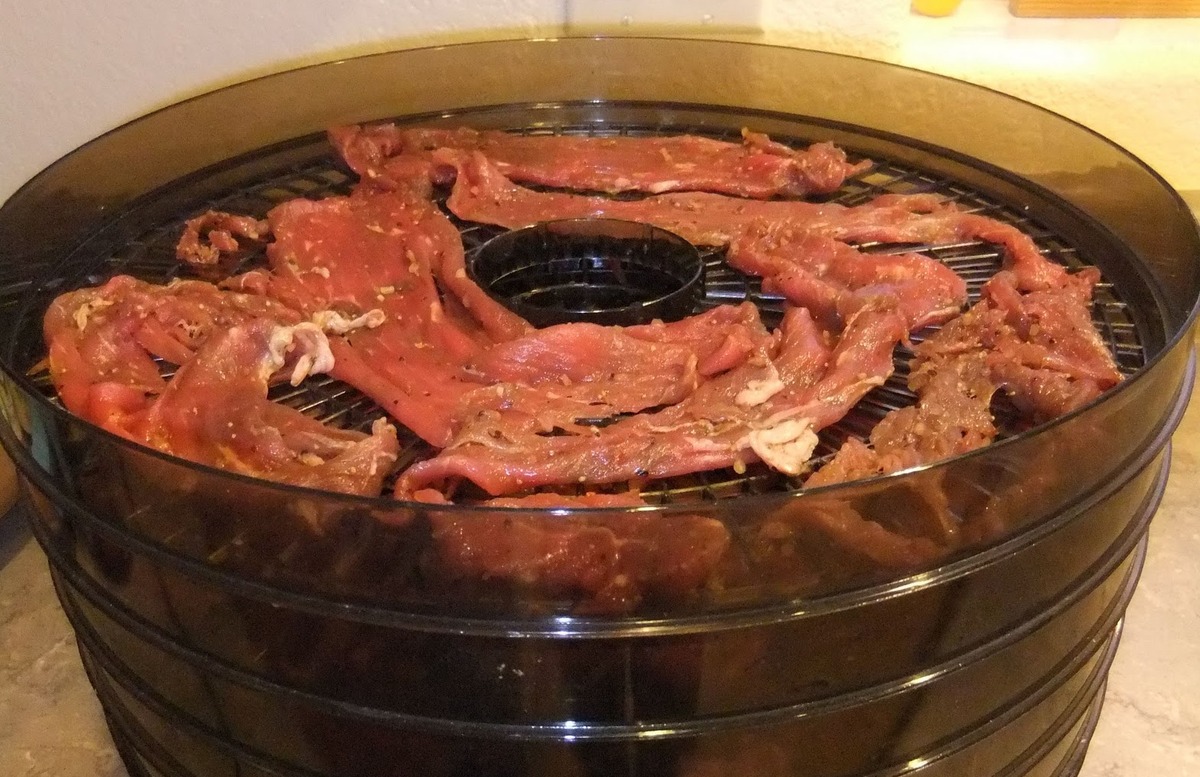

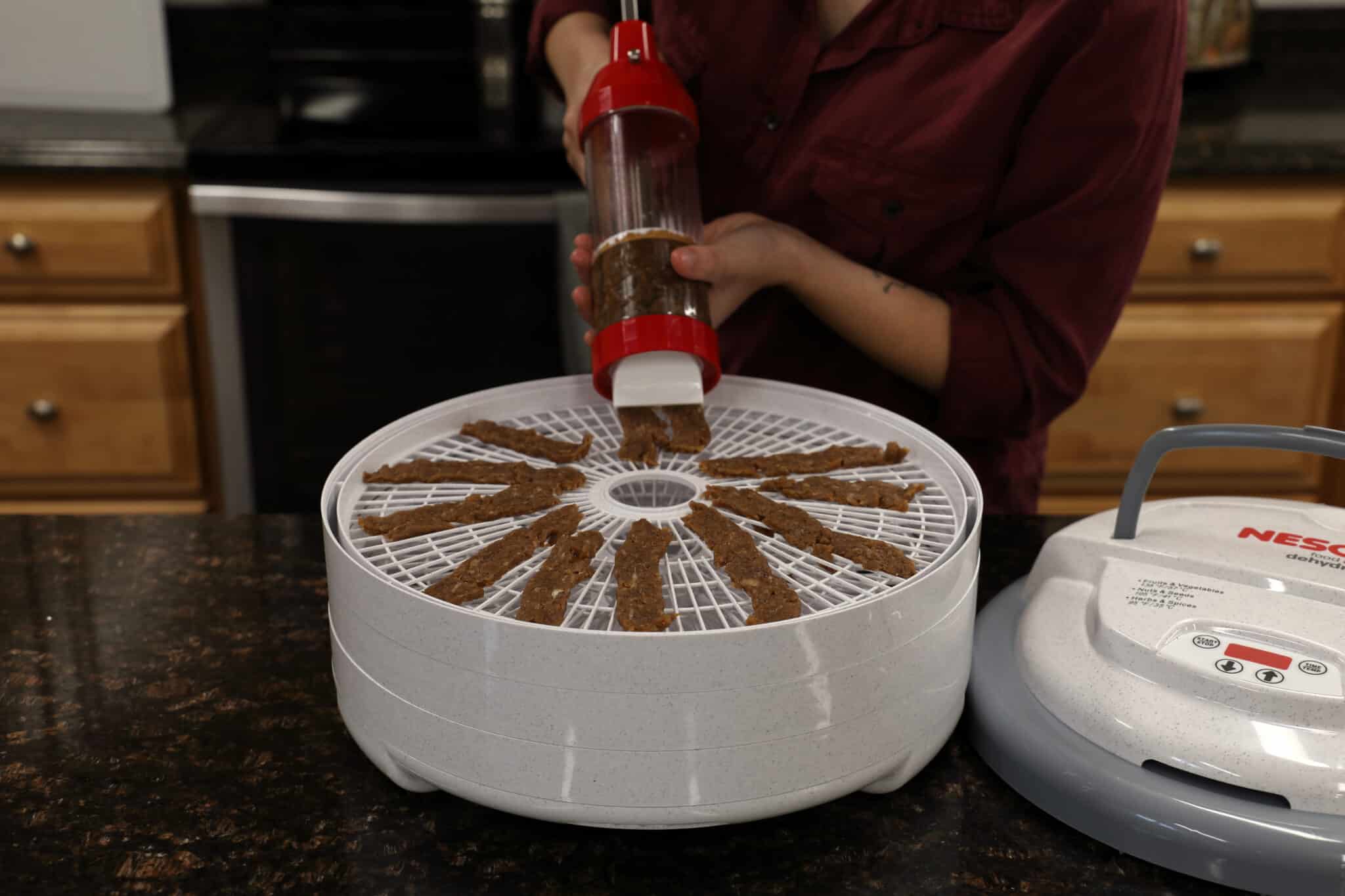
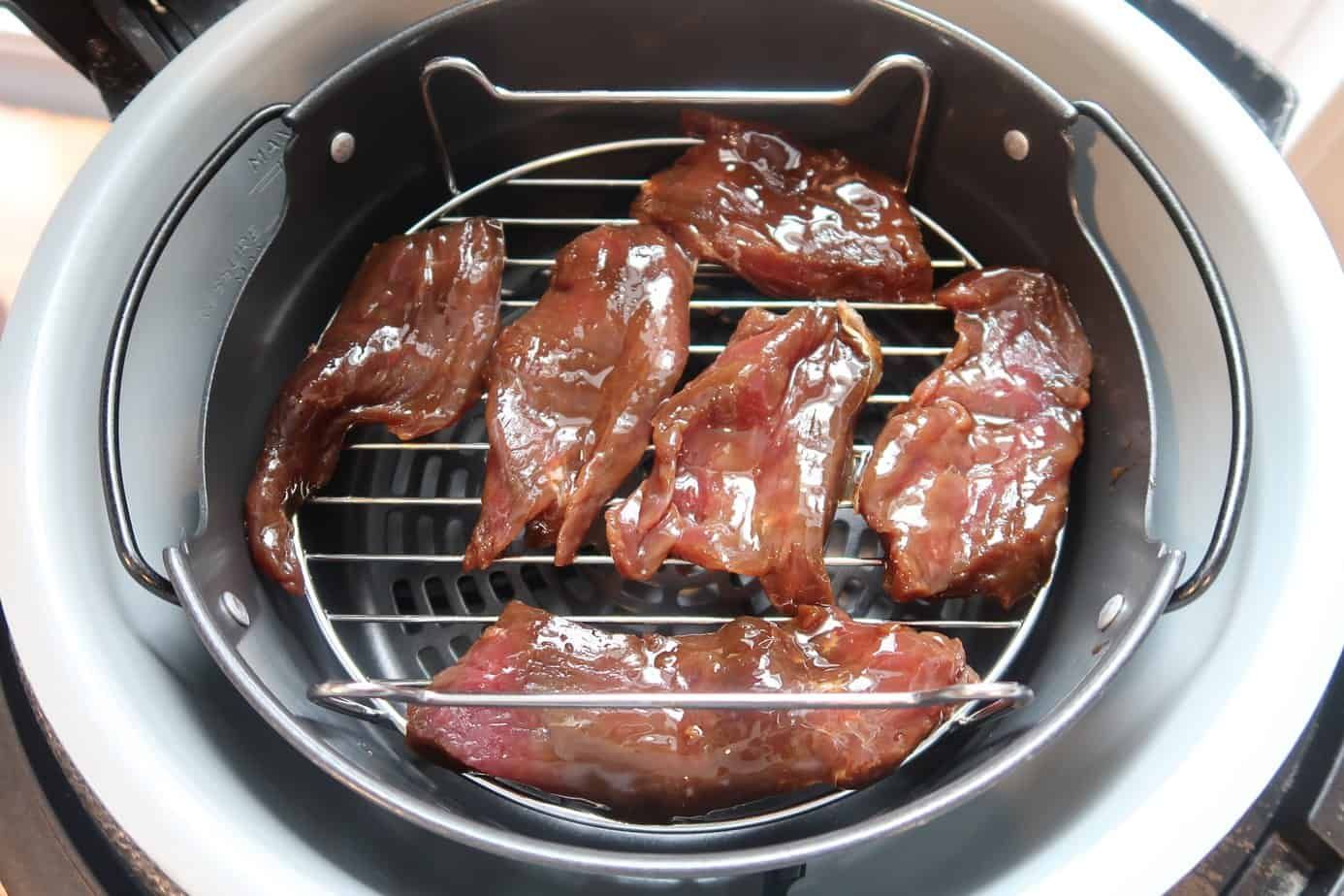
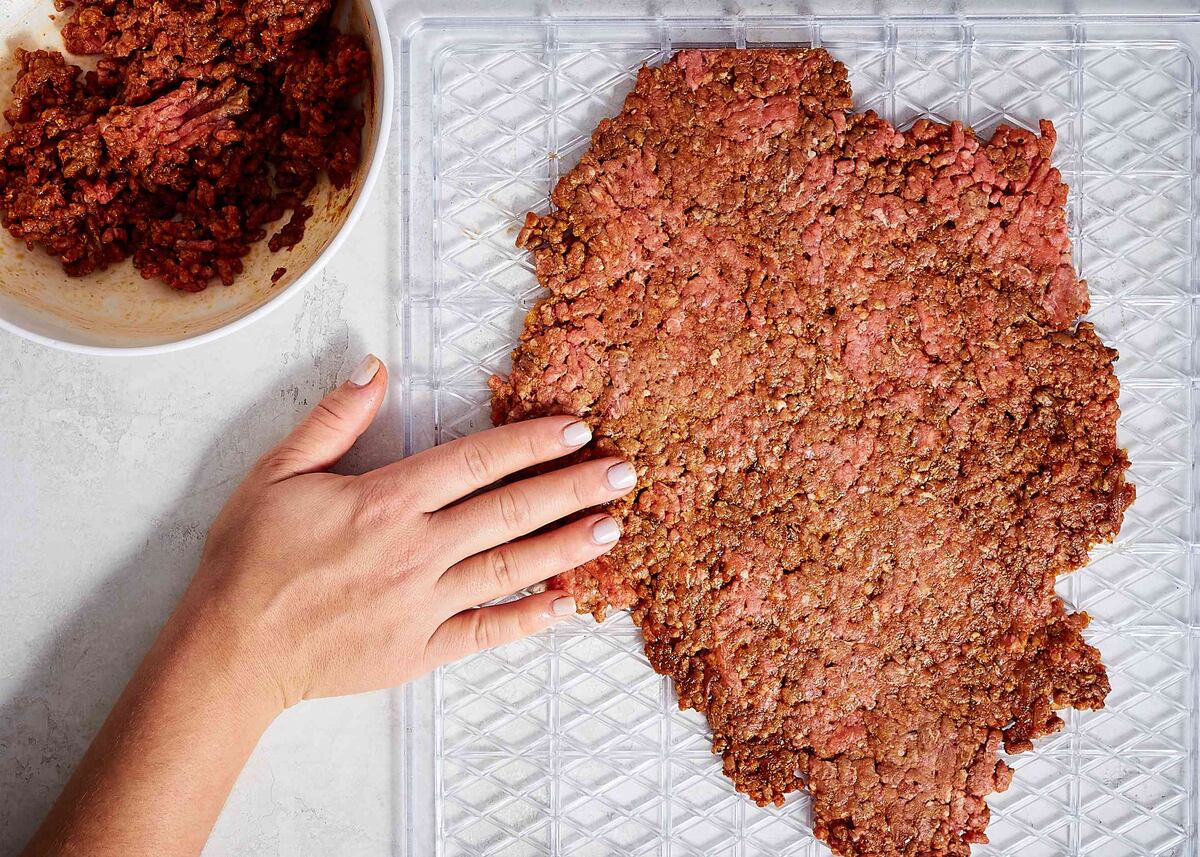
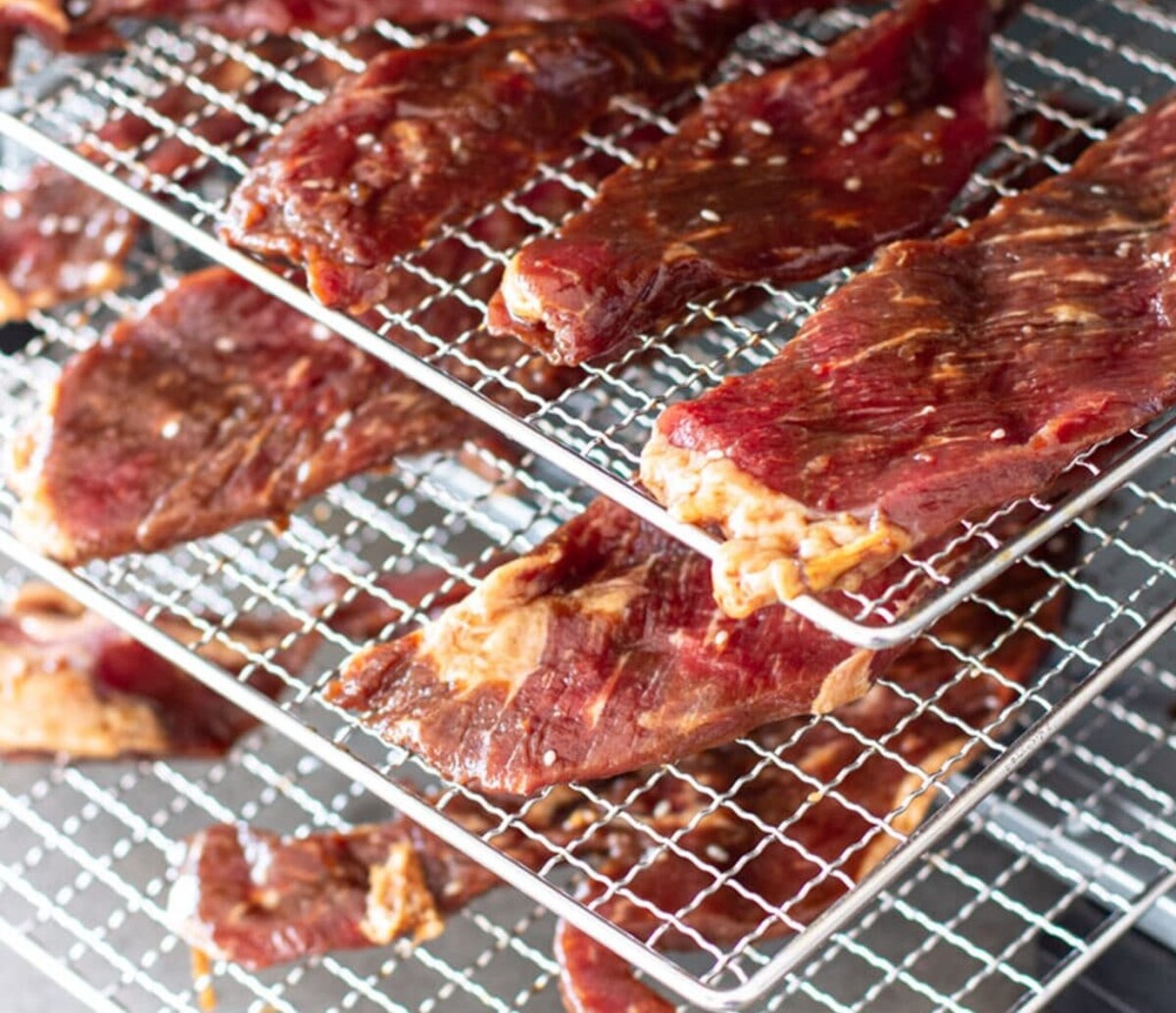









0 thoughts on “How To Store Beef Jerky Long Term”